My favourite painting: Alex Farquharson
'The subject matter – the Alps during a violent storm – is the perfect image of the sublime.'
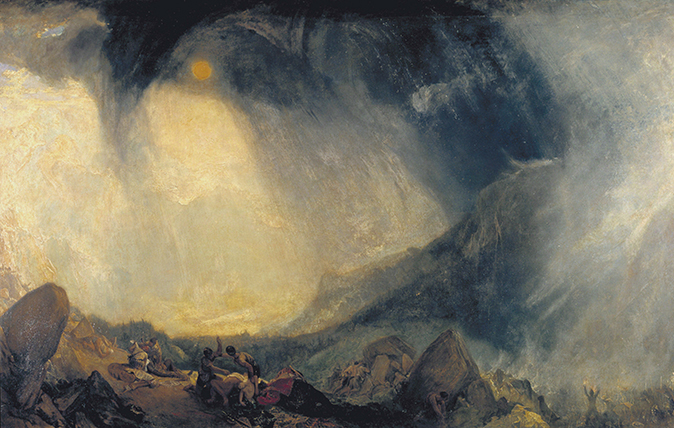

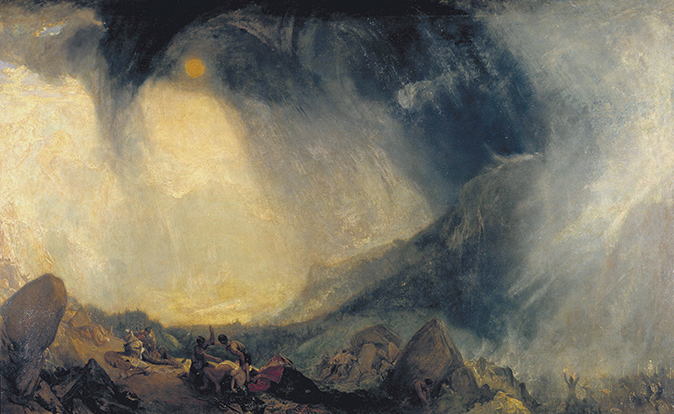
Snow Storm: Hannibal and his Army crossing the Alps (1812) by J. M. W. Turner (1775–1851), 57½in by 93½in, Tate Collection
Alex Farquharson says:
At Tate Britain, we’re lucky to have the vast Turner Bequest. It’s hard to settle on just one, but this has it all. He was the ultimate painter of the sublime – the Romantic fixation with vast natural forces that leave us feeling powerless and small. At nearly 8ft across, the painting is itself vast. The subject matter – the Alps during a violent storm – is the perfect image of the sublime. Its overpowering effect has as much to do with what Turner leaves out as what he depicts: we fear all the more what we cannot see and understand. The painting is also a double history painting: Hannibal crossing the Alps is a metaphor for Napoleon doing the same just 11 years prior to when Turner painted it – both armies were themselves sublime forces. The tiny, sharp silhouette of the elephant is an amazing device that switches this great landscape painting into a highly original history painting.
Alex Farquharson is Director of Tate Britain
John McEwen comments on Snow Storm:
Hannibal (247bc–about 181bc), the Carthaginian general, has always been considered one of history’s greatest military commanders. He lived when the Punic Wars settled the dominance of the Western Mediterranean, previously conducted from Carthage, near modern Tunis, the principal Mediterranean city.
In the second Punic War, Hannibal invaded the Roman Republic (Italy) via Carthage’s European province (Spain), marching an army, which included war elephants, across both the Pyrenees and Alps.
When Napoleon took his army across the Alps to defeat the Austrians – Britain’s allies – at Marengo in 1800, the parallel with Hannibal inspired his Court painter David’s monumental equestrian portrait, Napoleon at the St Bernard Pass. A brief truce in 1802 allowed Turner to see the portrait in Paris and he journeyed on to Italy, visiting the Val d’Aosta pass, one of Hannibal’s supposed routes.
In 1810, while staying with his friend and patron Walter Fawkes at Farnley Hall in North Yorkshire, he sketched a squall and told one of Fawkes’s sons: ‘There Hawkey; in two years you will see this again, and call it Hannibal crossing the Alps.’ This painting duly appeared and was hung to Turner’s satisfaction, after much argument, at the Royal Academy’s 1812 summer exhibition.
Sign up for the Country Life Newsletter
Exquisite houses, the beauty of Nature, and how to get the most from your life, straight to your inbox.
In the catalogue, he quoted some anonymous verse, in fact written by himself: ‘Look’d on the sun with hope; – low, broad, and wan/While the fierce archer of the downward year/Stains Italy’s blanch’d barrier with storms./From Fallacies of Hope.’
The barely visible elephant on a far horizon only adds to the elemental majesty of the scene.
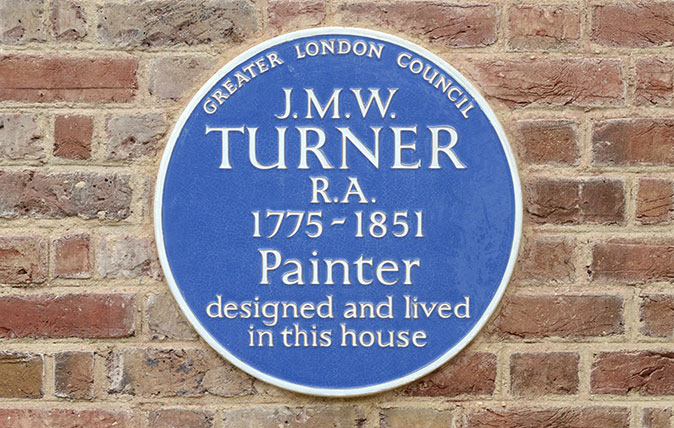
Credit: Sandycombe Lodge: Turner's house in Twickenham
Sandycombe Lodge: The house that JMW Turner created, restored just as he designed it, now open to the public
A breathtaking amount of work has gone into re-creating Sandycombe Lodge, the house that Joseph Turner designed and lived in
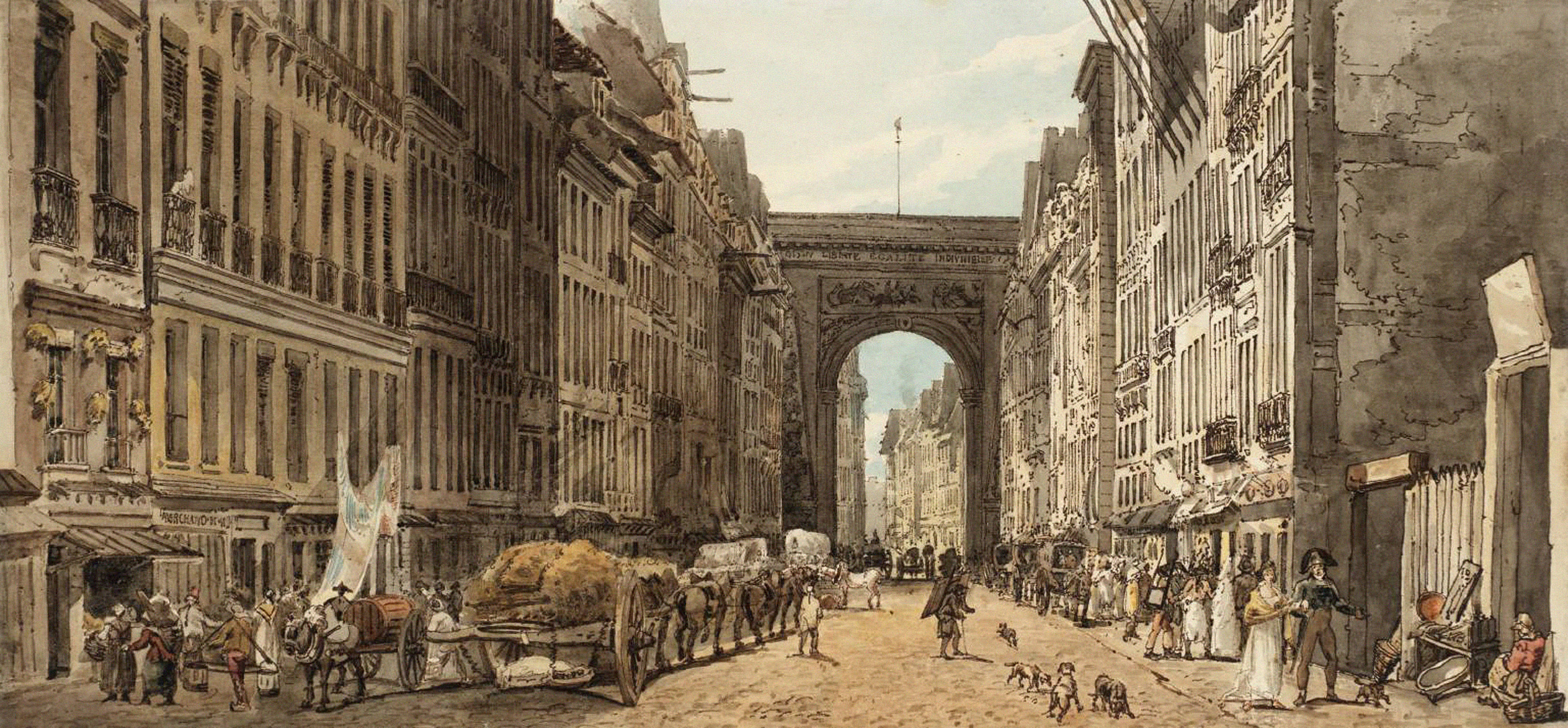
My favourite painting: Sir Nicholas Bacon
As a medium, watercolour was regarded at the time as a lesser artform. This picture surely rebalances that inferiority.
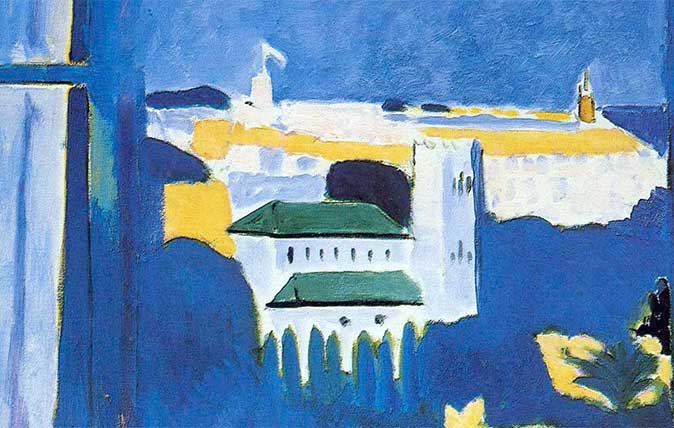
My favourite painting: Veere Grenney
'In his Moroccan series, which I love, he captures the light, colour and exoticism of North Africa.'
Country Life is unlike any other magazine: the only glossy weekly on the newsstand and the only magazine that has been guest-edited by HRH The King not once, but twice. It is a celebration of modern rural life and all its diverse joys and pleasures — that was first published in Queen Victoria's Diamond Jubilee year. Our eclectic mixture of witty and informative content — from the most up-to-date property news and commentary and a coveted glimpse inside some of the UK's best houses and gardens, to gardening, the arts and interior design, written by experts in their field — still cannot be found in print or online, anywhere else.
-
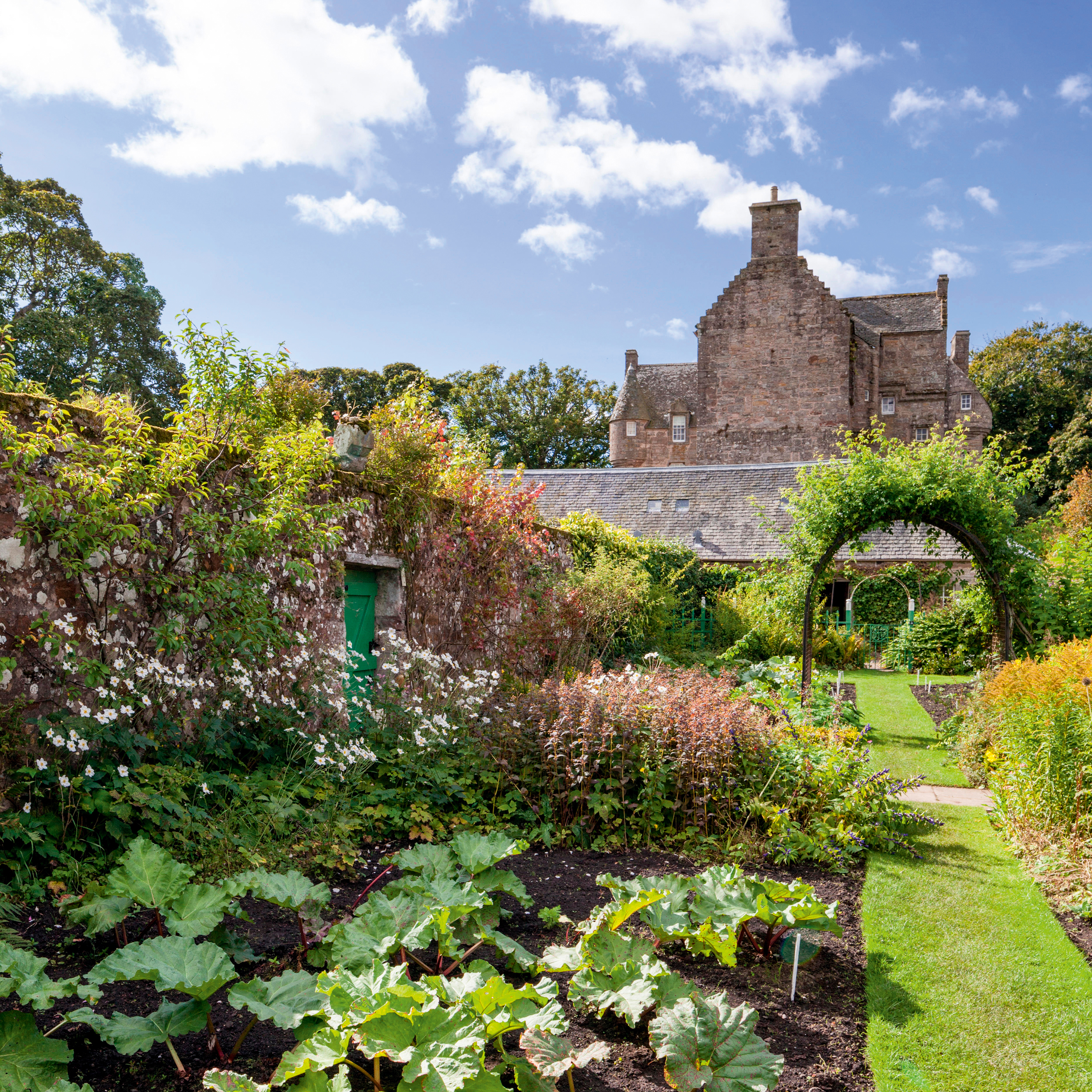 Alan Titchmarsh: 'It’s all too easy to become swamped by the ‘to-do’ list, but give yourself a little time to savour the moment'
Alan Titchmarsh: 'It’s all too easy to become swamped by the ‘to-do’ list, but give yourself a little time to savour the moment'Easter is a turning point in the calendar, says Alan Titchmarsh, a 'clarion call' to 'get out there and sow and plant'.
By Alan Titchmarsh
-
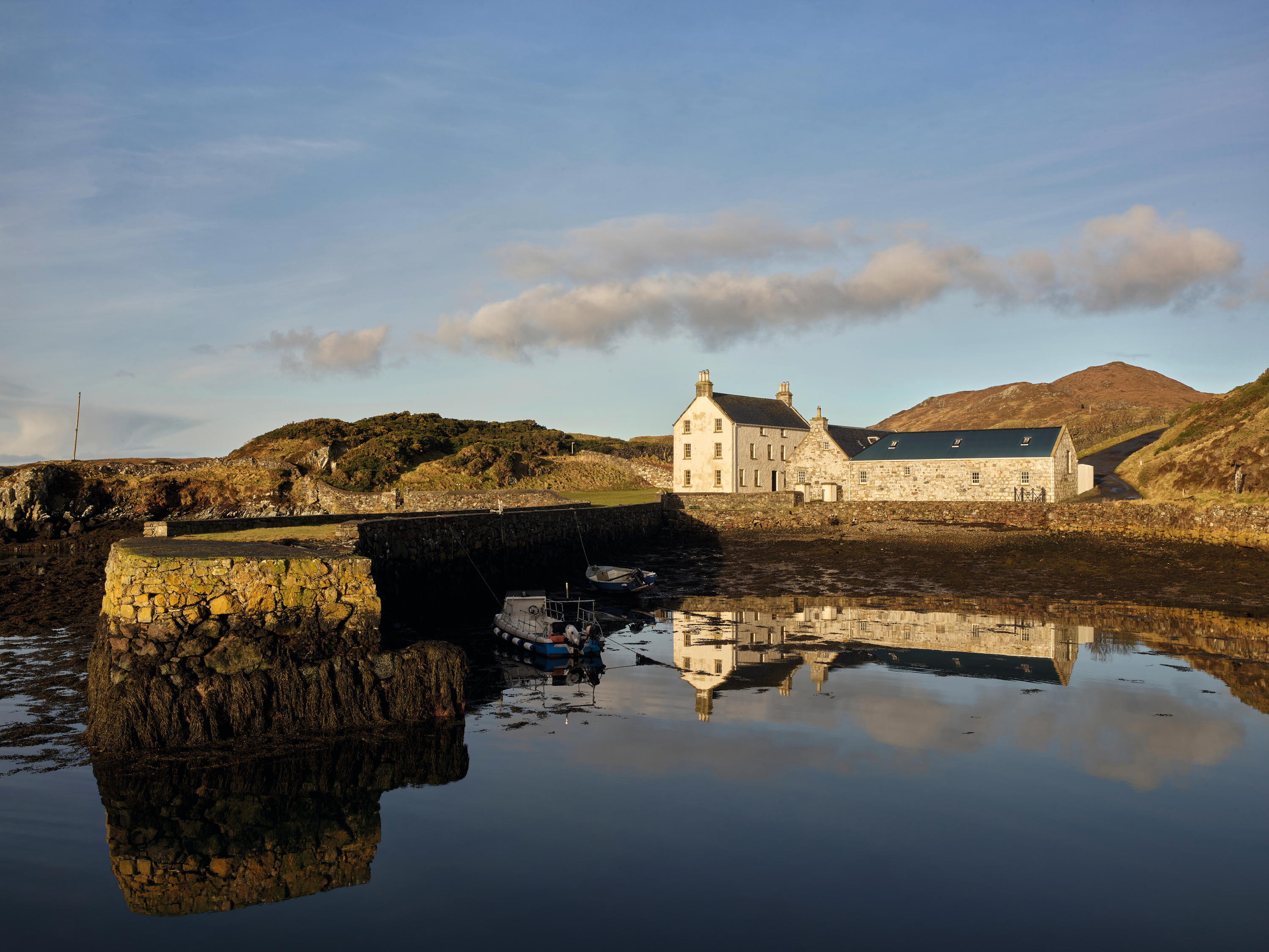 Rodel House: The Georgian marvel in the heart of the Outer Hebrides
Rodel House: The Georgian marvel in the heart of the Outer HebridesAn improving landlord in the Outer Hebrides created a remote Georgian house that has just undergone a stylish, but unpretentious remodelling, as Mary Miers reports. Photographs by Paul Highnam for Country Life.
By Mary Miers
-
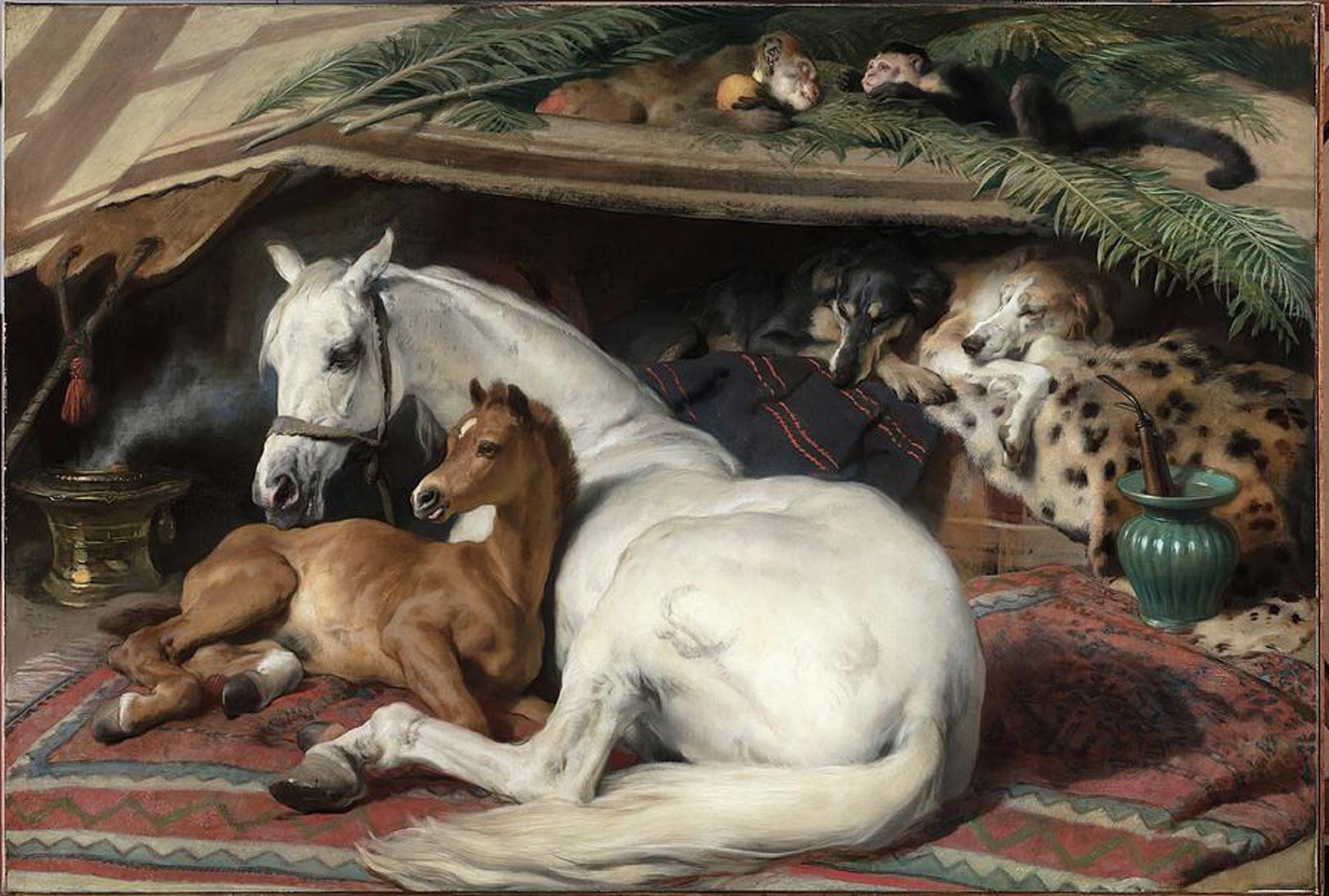 'As a child I wanted to snuggle up with the dogs and be part of it': Alexia Robinson chooses her favourite painting
'As a child I wanted to snuggle up with the dogs and be part of it': Alexia Robinson chooses her favourite paintingAlexia Robinson, founder of Love British Food, chooses an Edwin Landseer classic.
By Charlotte Mullins
-
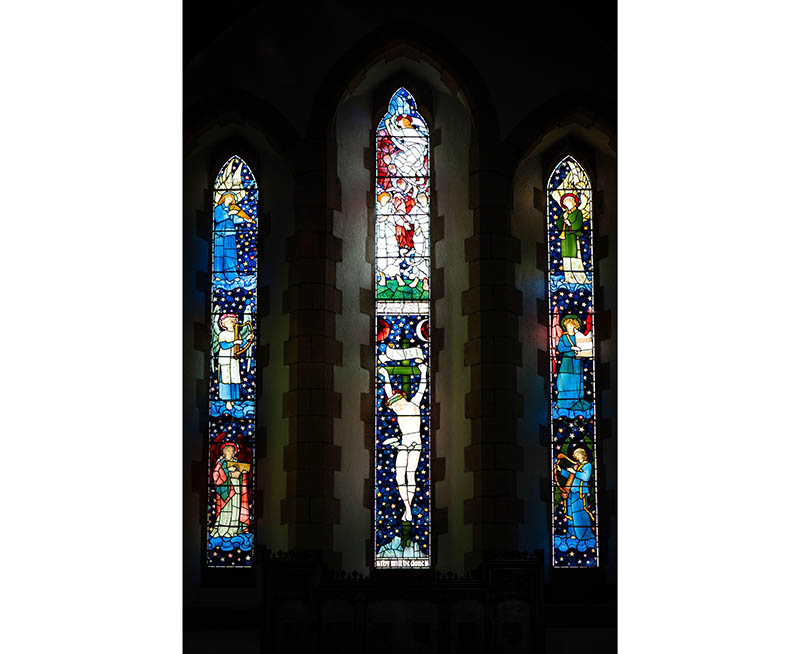 The Pre-Raphaelite painter who swapped 'willowy, nubile women' for stained glass — and created some of the best examples in Britain
The Pre-Raphaelite painter who swapped 'willowy, nubile women' for stained glass — and created some of the best examples in BritainThe painter Edward Burne-Jones turned from paint to glass for much of his career. James Hughes, director of the Victorian Society, chooses a glass masterpiece by Burne-Jones as his favourite 'painting'.
By Charlotte Mullins
-
 'I can’t look away. I’m captivated': The painter who takes years over each portrait, with the only guarantee being that it won't look like the subject
'I can’t look away. I’m captivated': The painter who takes years over each portrait, with the only guarantee being that it won't look like the subjectFor Country Life's My Favourite Painting slot, the writer Emily Howes chooses a work by a daring and challenging artist: Frank Auerbach.
By Toby Keel
-
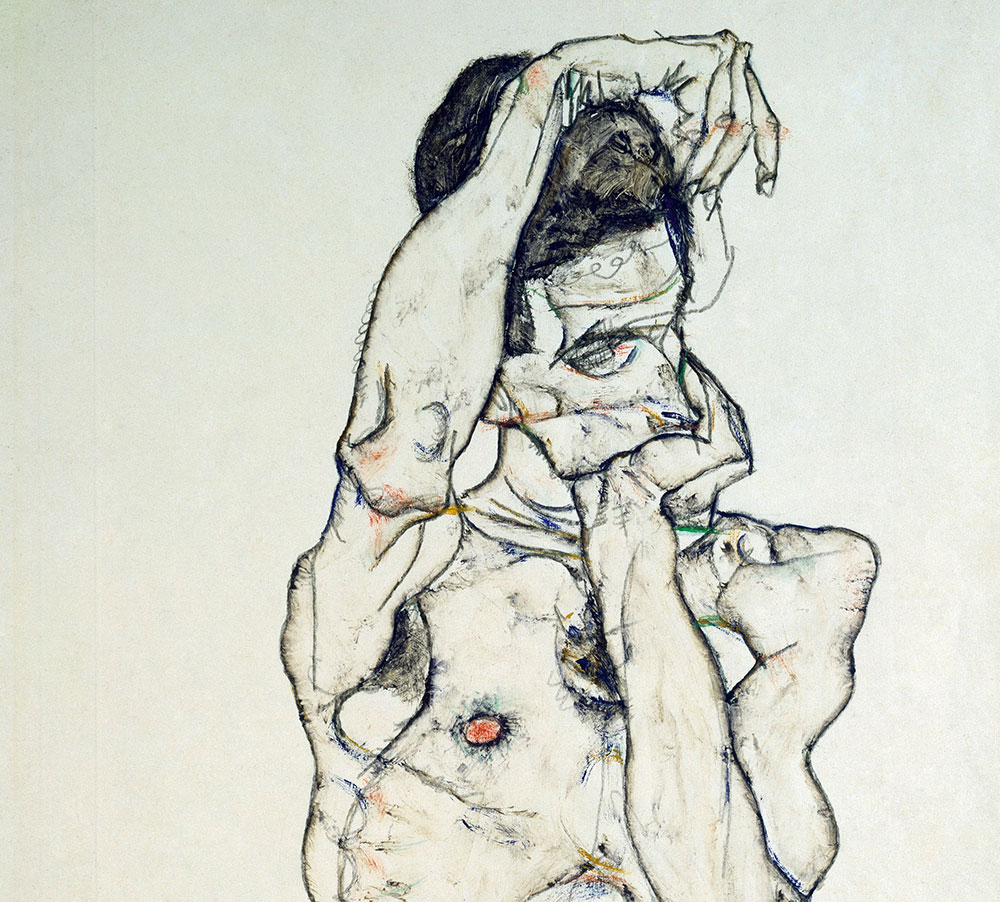 My Favourite Painting: Rob Houchen
My Favourite Painting: Rob HouchenThe actor Rob Houchen chooses a bold and challenging Egon Schiele work.
By Charlotte Mullins
-
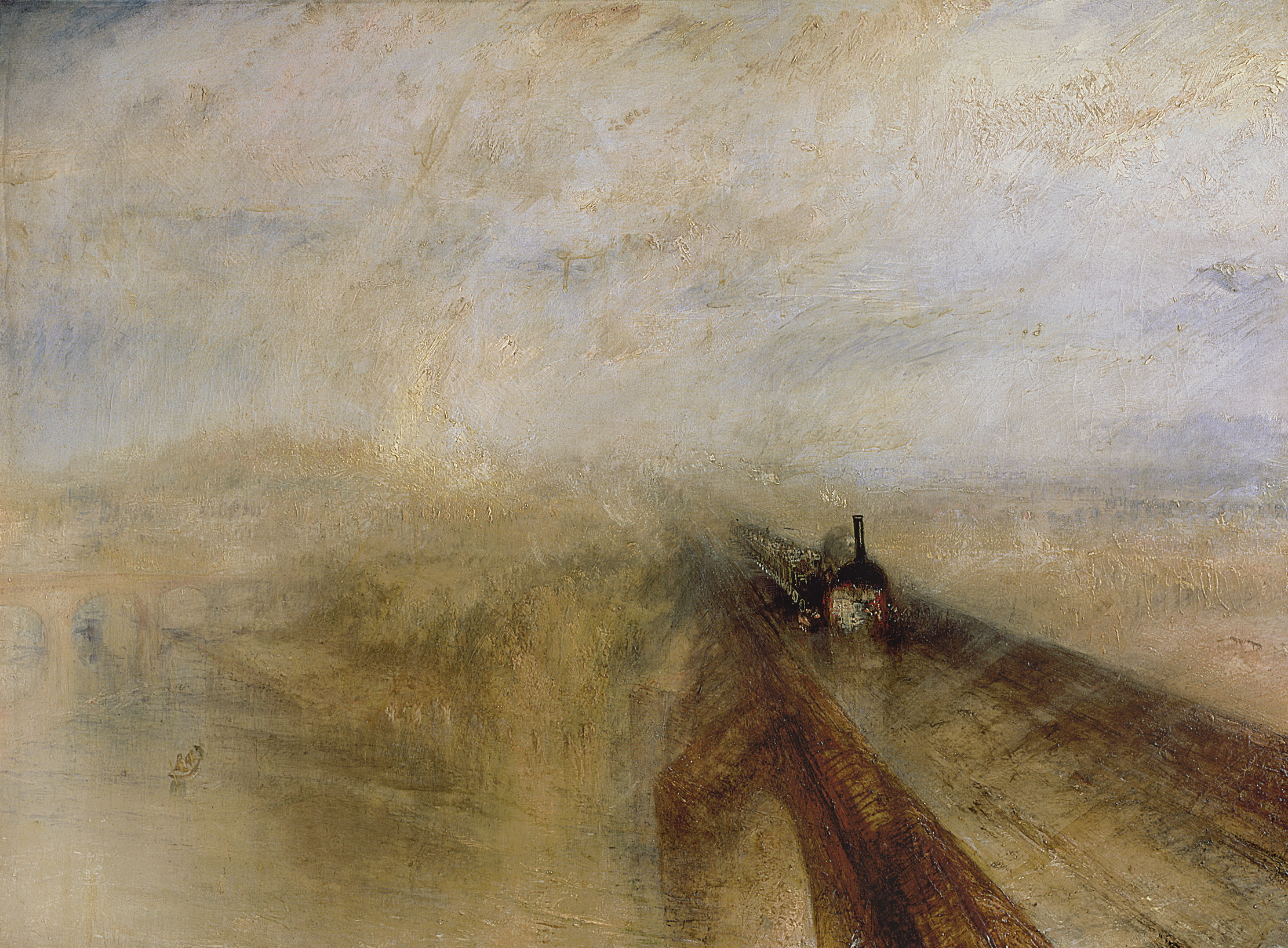 My Favourite Painting: Jeremy Clarkson
My Favourite Painting: Jeremy Clarkson'That's why this is my favourite painting. Because it invites you to imagine'
By Charlotte Mullins
-
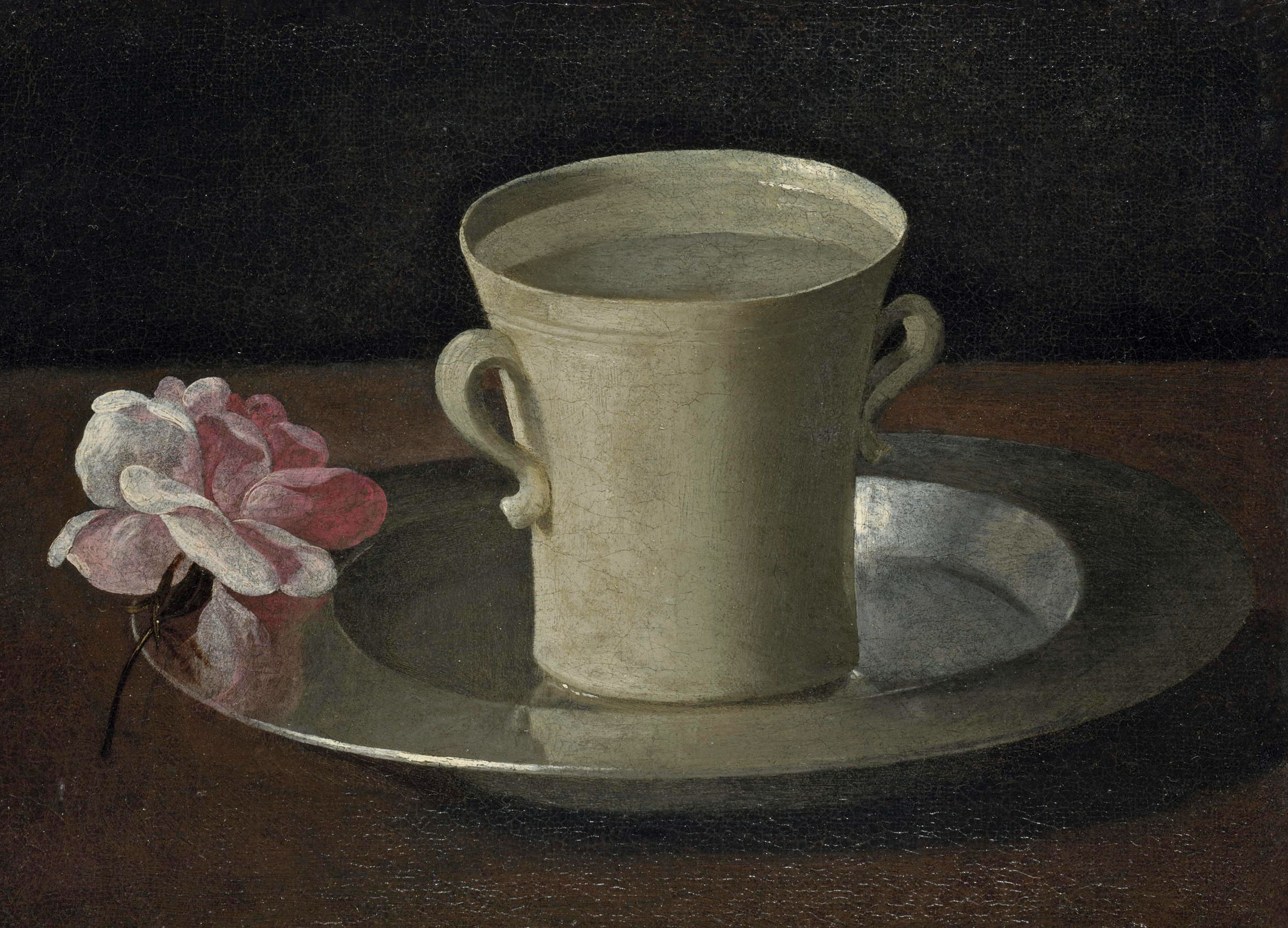 The chair of the National Gallery names his favourite from among the 2,300 masterpieces — and it will come as a bit of a shock
The chair of the National Gallery names his favourite from among the 2,300 masterpieces — and it will come as a bit of a shockAs the National Gallery turns 200, the chair of its board of trustees, John Booth, chooses his favourite painting.
By Toby Keel
-
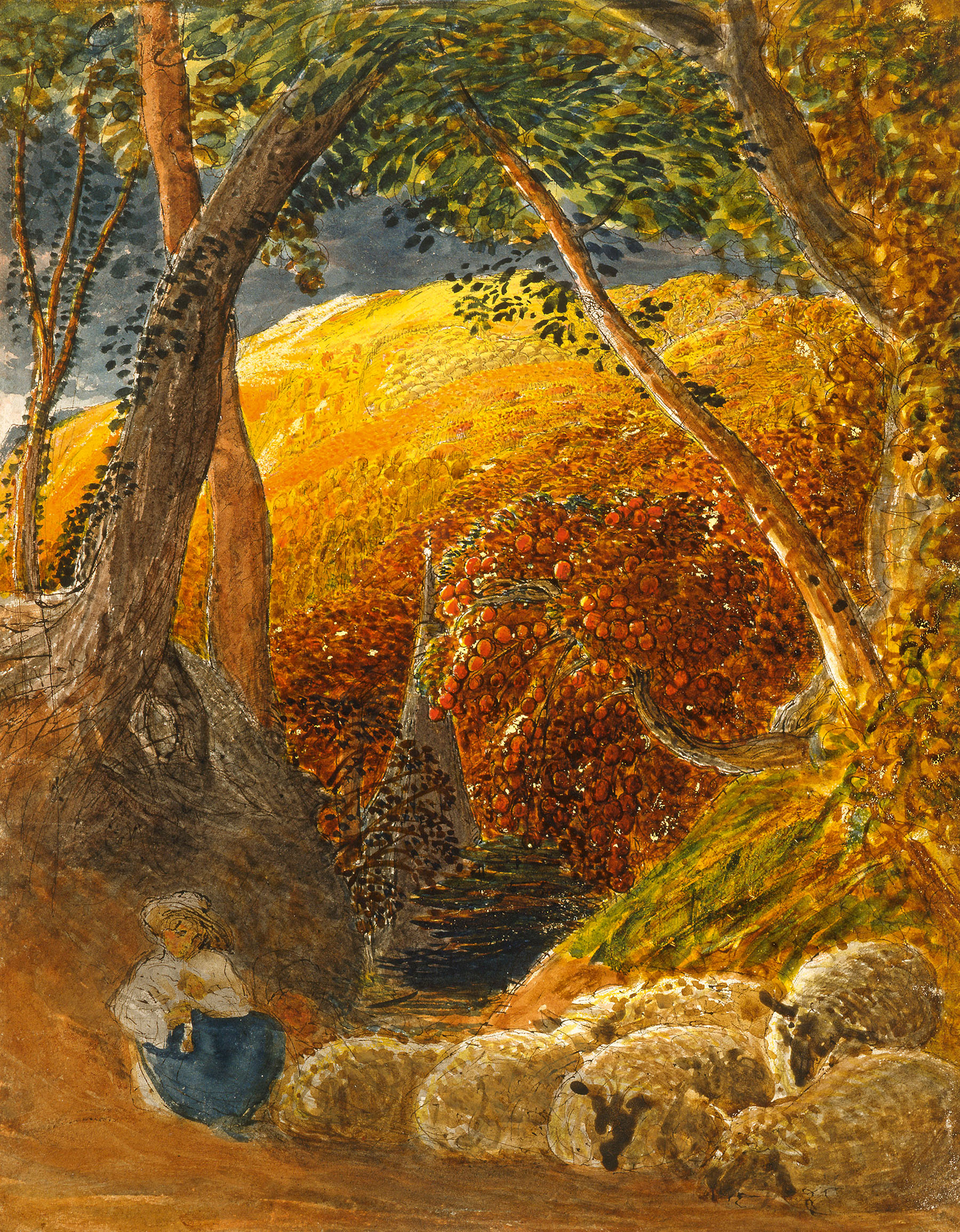 'A wonderful reminder of what the countryside could and should be': The 200-year-old watercolour of a world fast disappearing
'A wonderful reminder of what the countryside could and should be': The 200-year-old watercolour of a world fast disappearingChristopher Price of the Rare Breed Survival Trust on the bucolic beauty of The Magic Apple Tree by Samuel Palmer, which he nominates as his favourite painting.
By Charlotte Mullins
-
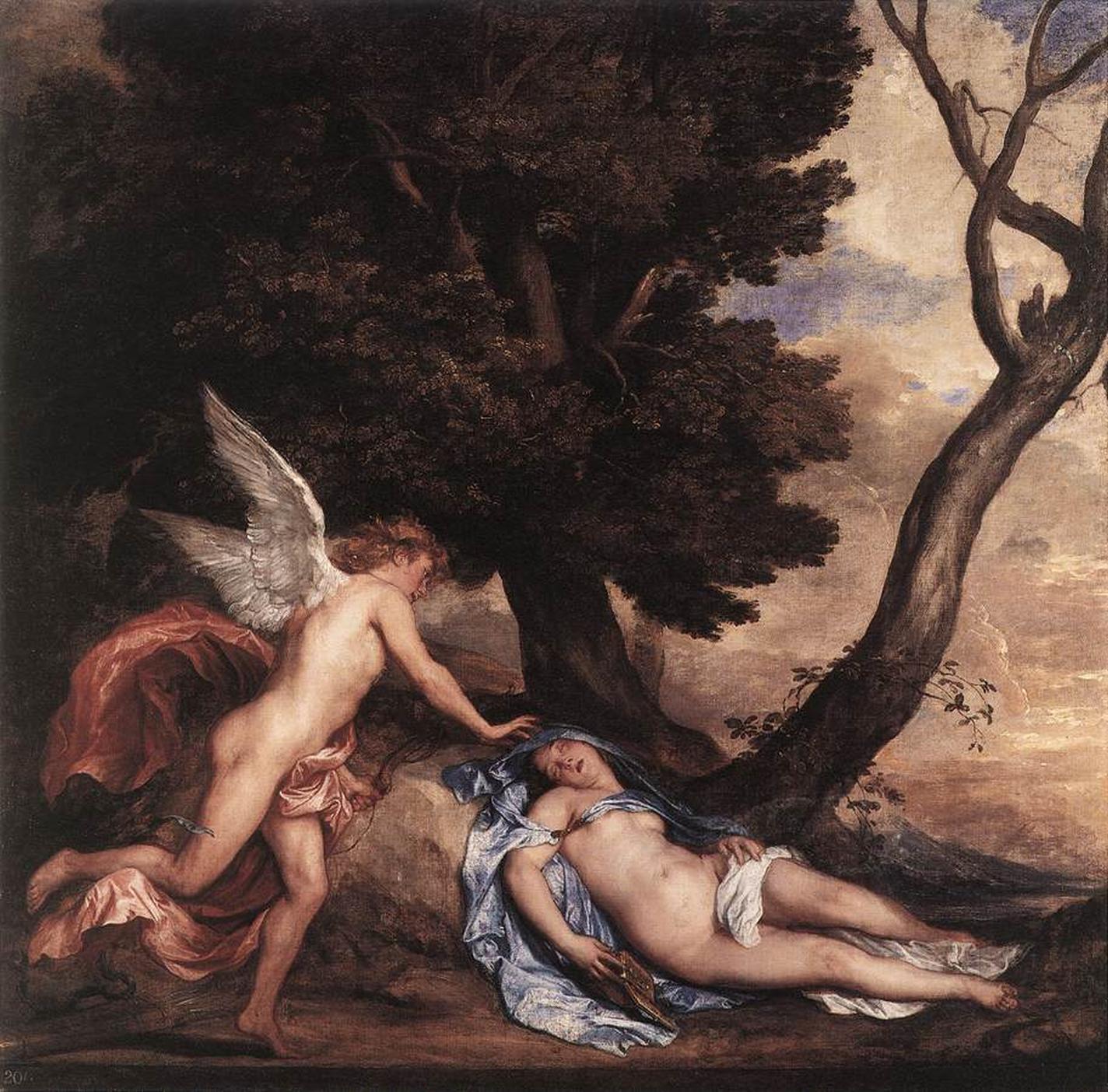 My favourite painting: Andrew Graham-Dixon
My favourite painting: Andrew Graham-Dixon'Lesson Number One: it’s the pictures that baffle and tantalise you that stay in the mind forever .'
By Country Life